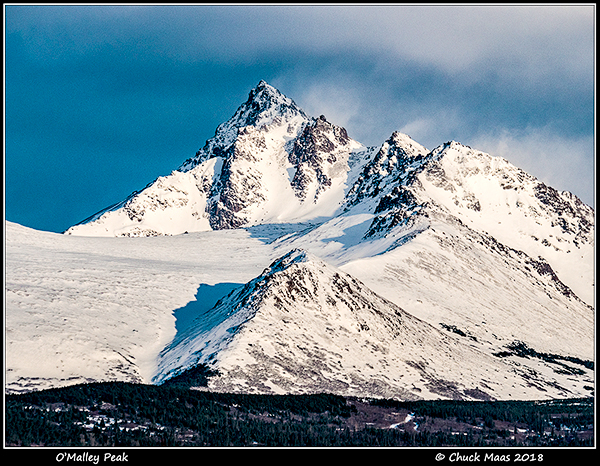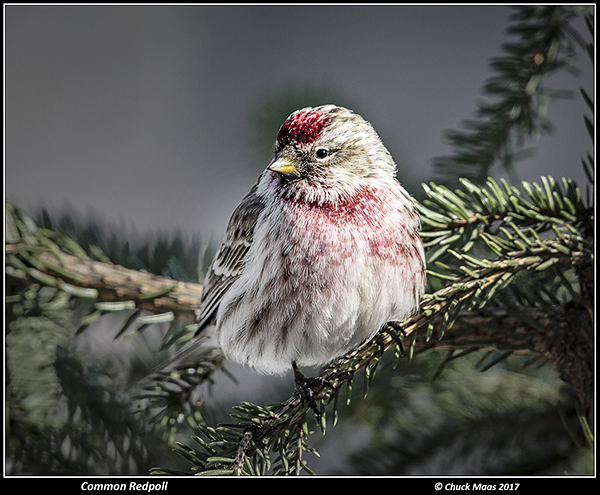While the field workflow for outdoor and nature photographers has evolved considerably, laptop computers are still a big part of the equation. If you’re an Apple devotee, then obviously some version of MacBook is the answer; on the Windows side there are many more choices.
There are lots of considerations in choosing a laptop. If it’s primarily a field tool to backup files and do a quick review and sort, the emphasis may be on size, weight, and battery life. But if you intend to do serious image optimization, the quality of the screen becomes very important as well as storage speed and graphics muscle. To date, I know of no laptop that can duplicate the accuracy and consistency for color critical work that high-end monitors with hardware-calibration offer, so some compromises are in order.
Many manufacturers offer Windows laptops combining desirable features for photographers, especially Dell, HP, Microsoft, and Lenovo. Lenovo’s latest version of their ThinkPad X1 Yoga Gen 2 is a good example (additional link to a third party review). While the standout feature of this model is the optional OLED screen, additional upgrades include an NVMe SSD with scorching performance, two Thunderbolt 3 ports, and a higher amp-hour battery in a package that exudes quality. While it does not include a dedicated GPU, the integrated Intel HD Graphics 620 should satisfy most users for the intended purpose unless this will be your primary computer.
Back to the screen. OLED is a relatively new technology, especially in laptops, but general impressions are very positive with reviews claiming great contrast, high saturation, and deep blacks, along with excellent viewing angles. In addition, in the Lenovo Companion software bundle on the X1 Yoga is a Wide-Gamut Display Setting panel in which you can select from among several color modes for a specific color profile. For example, the “Photo Pro” setting prescribes an Adobe RGB color space with 2.2 Gamma and D65 White Point—preferred parameters for many photographers. For those interested in truly arcane details regarding the OLED display see this review (note that this panel is the same one used on both Gen 1 and Gen 2 X1 Yoga OLED models). The takeaway is that while calibration from the factory could be better, for those who have the need for the highest color accuracy and have the tools to do their own calibration, the result can be a screen that measures up to professional-grade color-critical work, a rarity in laptops.
Note that the weight of this unit is less than three pounds. Something with a larger screen, dedicated graphics, and more RAM will weigh more, and likely cost more. There are always tradeoffs.
 First day of spring and breakup is definitely underway in Anchorage. There’s still lots of snow in the Chugach Mountains east of town though and it will be some time before things begin to green up, but migrating waterfowl are expected in just a couple of weeks.
First day of spring and breakup is definitely underway in Anchorage. There’s still lots of snow in the Chugach Mountains east of town though and it will be some time before things begin to green up, but migrating waterfowl are expected in just a couple of weeks.
